Hosted by
Urban
Books on urban design, urban planning, urban studies, urban mobility and spatial planning
All Books
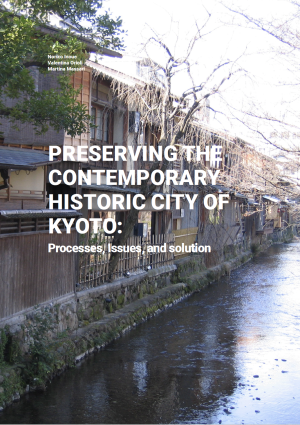
This volume delves into the multifaceted aspects of urban governance, preservation, and innovation in the historic city of Kyoto. This collection of essays and research papers offers profound insights and thoughtful analyses into the preservation of urban public goods, historical administration, residential renovation, and community-building in one of Japan’s most culturally rich cities.
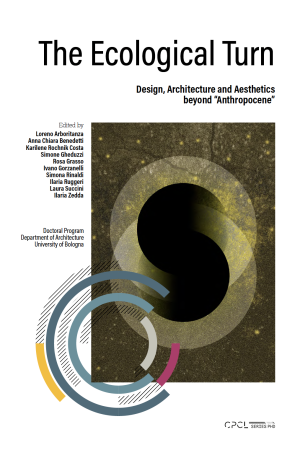
How does the ecological thinking affect architects, designers and the design culture itself? The Anthropocene is a geological event, but also a political one that lies in overcoming the idea of crisis. Acknowledging this change means rethinking the very ecology of the project in environmental and atmospheric terms. The changes we face don’t depend on missing balances, but on compromises reached between conservation and exploitation. The Anthropocene...
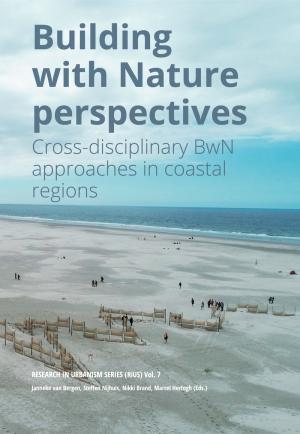
This publication offers an overview of the latest cross-disciplinary developments in the field of Building with Nature (BwN) for the protection of coastal regions. The key philosophy of BwN is the employment of natural processes to serve societal goals, such as flood safety. The starting point is a systems-based approach, making interventions that employ the shaping forces of the natural system to perform measures by self-regulation. Initial pilots of this innovative approach originate...
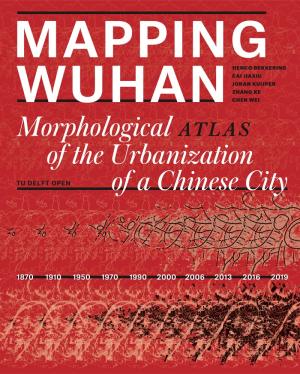
Chinese cities have been expanding since the early 1980s under trends of rapid modernization, urbanization and globalization. Since then they have changed dramatically, and have in the process lost many of their traditional environments and spatial characteristics.
Urban planners and designers have been and are facing unprecedented challenges in China. They not only have to learn to understand the constantly emerging new urban mechanisms, and seek balance among stakeholders, but...
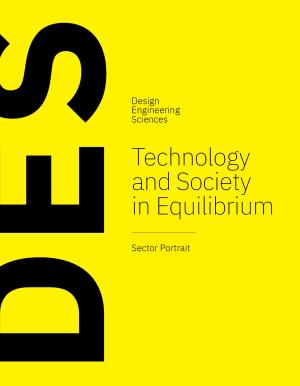
This sector portrait of the design engineering sciences describes the common denominator of the various design disciplines in the Netherlands. In a future sector plan, the above investment areas will be further explored and purposefully developed.
The implementation of technological innovations aligned to societal issues encompasses a design challenge. This increasingly demands science-based design methodologies. The broad Dutch design landscape can fulfil the role of connector...

The research of TU Delft’s Faculty of Architecture and the Built Environment (Faculteit Bouwkunde) covers the full spectrum of design, engineering, planning, and management of the built environment. Its research portfolio comprises the research that is conducted by four departments:
- Architecture
- Architectural Engineering + Technology (AE+T)
- Management in the Built Environment (MBE)
- Urbanism
The faculty’s research focusses...
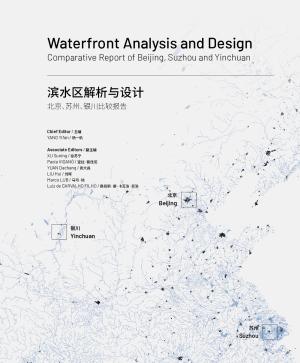
Waterfront Analysis and Design Comparative Report of Beijing, Suzhou and Yinchuan systematically summarizes the research and planning cases. Conventional concepts and strategies concerning urban planning implemented in Beijing, Suzhou and Yinchuan have long been established, and the construction of many areas in these cities have been widely finished. Under such circumstances, based on analyses of the three cities and several typical cases of waterfront planning, this book breaks through...
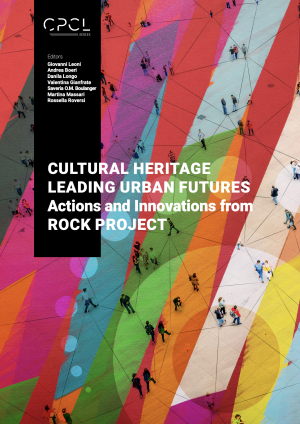
The ROCK project sees historic city centres as laboratories to demonstrate how Cultural Heritage can be an engine of regeneration, sustainable development and economic growth. ROCK approach foresees the systemic and flexible application of a series of role-model practices in the testing sites of three Replicator cities, to turn historic city centres afflicted by physical decay, social conflicts and poor life quality into Creative and Sustainable Districts. This...
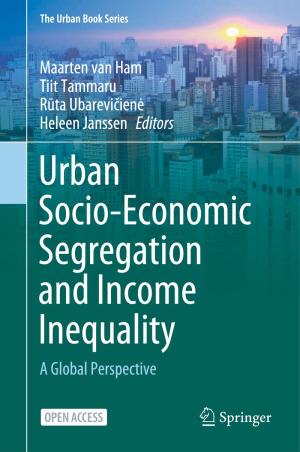
This book attempts to get a true global overview of trends in urban inequality and residential socio-economic segregation in a large number of cities all over the world. It investigates the link between income inequality and socio-economic residential segregation in 24 large urban regions in Africa, Asia, Australia, Europe, North America and South America. In many ways the book is a sequel to the earlier book “Socio-Economic Segregation in European Capital Cities” which focussed solely on...
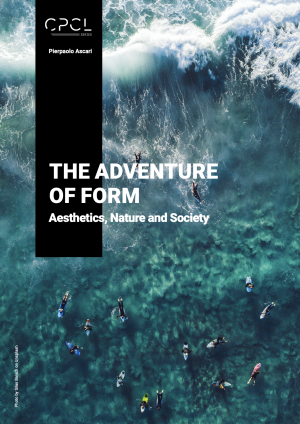
The parts of this book could be arranged with complete impunity around one of the brightest stars in the firmament of philosophy and aesthetic reflection. Moreover, that star does not merely suggest a hypothesis of thematic correlation between the individual parts, but raises the problem of their own tendency (as parts) to have always implied a recomposition. The reference is to Kant’s third Critique, where the overall view is a preliminary condition to...
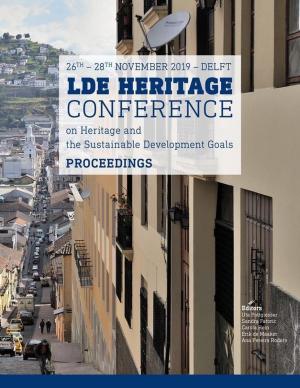
Heritage–natural and cultural, material and immaterial–plays a key role in the development of sustainable cities and communities. Goal 11, target 4, of the Sustainable Development Goals (SDGs) emphasizes the relation between heritage and sustainability. The International LDE Heritage conference on Heritage and Sustainable Development Goals, which took place from 26 to 28 November 2019 at TU Delft in the Netherlands, examined the theories, methodologies, and practices of heritage and SDGs....
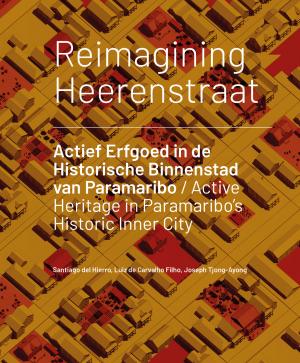
In 2016, the Government of Suriname, financed by a loan from the Inter-American Development Bank (IDB), launched the Paramaribo Urban Rehabilitation Program (PURP), which contributes to the socio-economic revitalisation of Paramaribo’s historic inner city. It aims to attract new residents and commercial activities to the centre of Paramaribo, to restore value to its cultural heritage, to reduce traffic congestion and to strengthen the institutional framework for managing its sustainable...
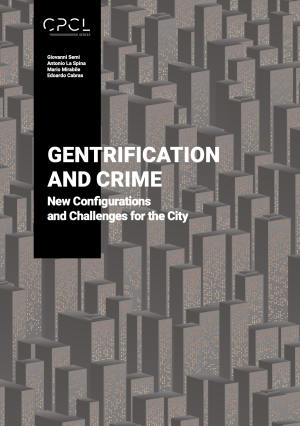
This volume is the editorial product of the project “Gentrification and Crime. New Configurations and Challenges for the City” started by a public conference held on May 6, 2019 at the Municipal Historical Archive of Palermo. This event was organized by Locus and endorsed by private and public bodies. During the conference, four presentations were given by distinguished academics of main fields investigated: Giovanni Semi, Marco Picone, Adam...
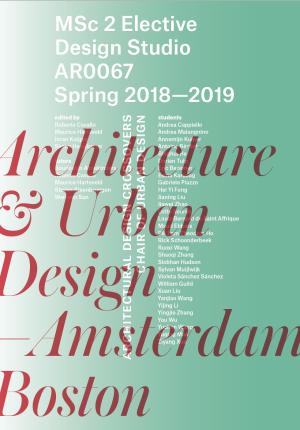
Massive urbanization puts pressure on public space and demands new programs along with alternative gathering places such as public interior spaces and a variety of forms of collective spaces. Moreover, in the rapidly changing city, infrastructure and mobility remain of vital importance. A coevolving diversity of program cannot be planned, but interventions in the city need constantly to be grounded on sharp design approaches to respond adequately to the necessities of the time–while being...
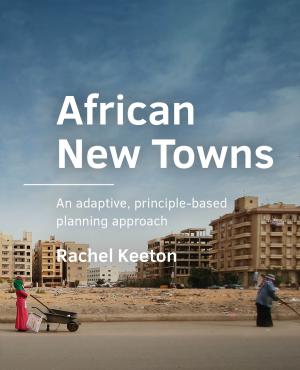
Since the economic shifts of the 1990s, New Towns have become an increasingly popular approach to urban development across the African continent. While New Towns are not a new development model, their contemporary materialisation often targets middle- and highincome buyers, leaving no space for low-income residents. Strict regulations in these exclusive developments often impede spatial appropriations by the informal sector such as fresh markets, unregulated housing, street kiosks and...
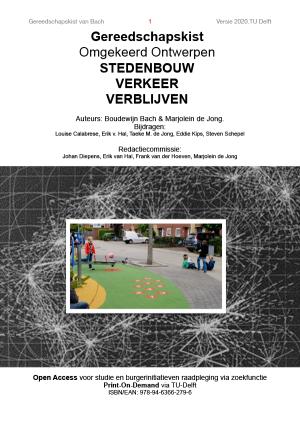
In deze ‘Gereedschapskist van Bach’ is de methodiek van ‘Omgekeerd ontwerpen’ vanuit ruimtelijke gebruikspatronen (in plaats van mono-disciplinair vanuit de ontwerper) toegankelijk voor studenten en voor burgerinitiatieven die zich inzetten voor het verbeteren van de (leef)omgeving. Gelijktijdig wordt opnieuw de samenhang tussen het vakgebied ‘Stedenbouw’ en ‘Verkeerskunde’ gevisualiseerd en worden ideeí«n aangedragen voor een vakgebied ‘Verblijfskunde’. Want de toekomst van het vak...
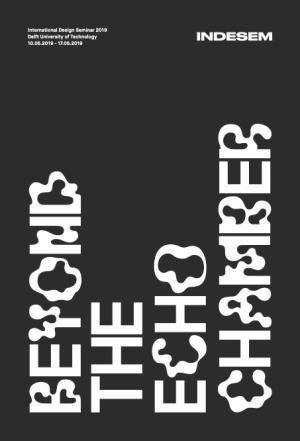
INDESEM - International Design Seminar - is a biennial with workshops, lectures and debate founded in 1962 and re-initiated in 1986 by Herman Hertzberger. This publication reviews and reflects on the 2019 edition of the seminar; explorations on the position of the architect in a rapidly developing, (digitally) connected society. Nowadays, the amount of available knowledge to designers is becoming sheer endless. Whether or not willingly, this forces designers, architects and urban planners...
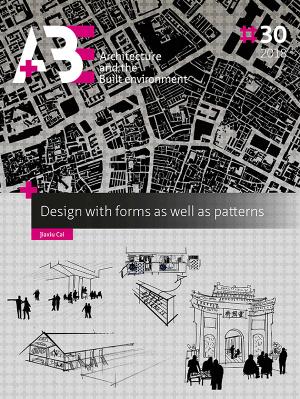
The research investigates How can the morphological approach in combination with the pattern language approach assist urban designers to achieve historical continuity in urban design both on theory and application levels.
This research overviews the developments and applications of the two approaches worldwide with a special emphasis on the Dutch school. The Dutch morphological reduction technique and the Dutch interpretation of a pattern language are used in the case study–Wuhan,...
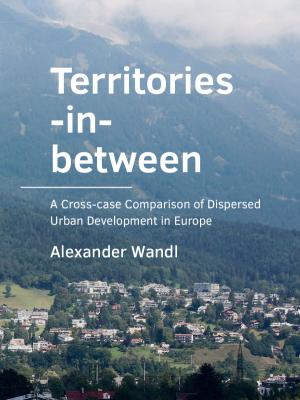
There is an increasing body of literature suggesting that the conventional idea of a gradual transition in spatial structure from urban to rural does not properly reflect contemporary patterns of urban development and their potential for sustainable development. Furthermore, it is argued that large parts of the dispersed urban areas of Europe are neglected in urban and spatial planning policies. Such areas tend to be labelled simply as sprawl, though there is little evidence about whether...
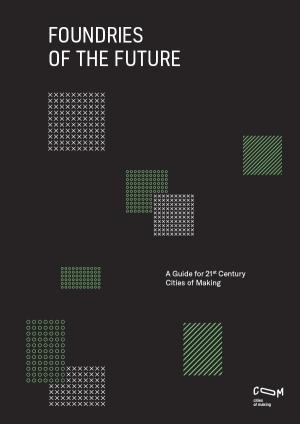
Since the 1970s, cities world-wide have been witness to radical de-industrialisation. Manufacturing was considered incompatible with urban life and was actively pushed out. As economies have grown, public officials and developers have instinctively shifted their priorities to short-term, high-yielding land uses such as offices, retail space and housing. Inner-city growth from New York to London and even Seoul have generally come at the expense of land uses such as manufacturing...
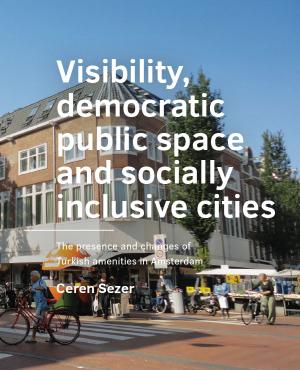
This research introduces the concept of visibility as a useful tool to assess the democratic features of public spaces. We understand democratic public spaces as open spaces, which are accessible to all and allow different cultural expressions for individuals and groups. The concept of visibility refers to the visual perception of the observable features of distinctive urban groups in public space, which give evidence of their lived experiences, and how they engage with, shape, and...
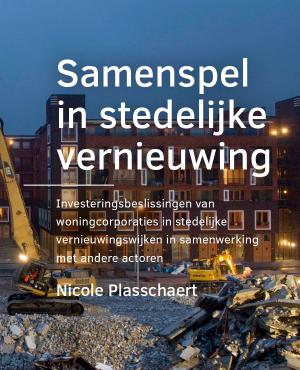
The subject of this dissertation concerns the investment decisions made by housing associations in urban renewal neighbourhoods in cooperation with other stakeholders.
Project background and problem statement
A number of radical changes are taking place in the development and renewal of urban neighbourhoods in the Netherlands. First of all, the focus has shifted from large-scale new building on expansion locations to the renewal of existing urban areas....
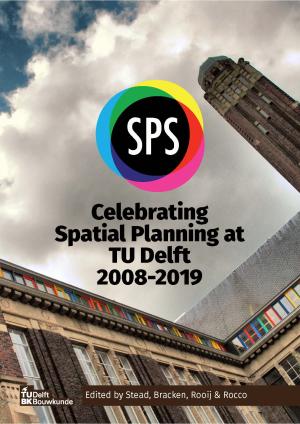
The Department of Urbanism of the TU Delft is organised in five sections: Spatial Planning & Strategy (SPS), Urban Design, Environmental Modelling, Urban Studies, and Landscape Architecture. SPS has three distinct and complementary pillars: (i) Spatial Planning & Strategy, (ii) Regional Design and Planning, and (iii) International Urbanisation & Development Planning. Spatial Planning at TU Delft has an evident, but unique relationship with spatial design, focusing on the...
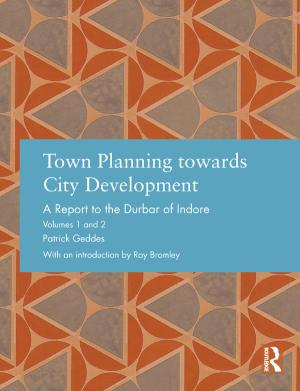
Patrick Geddes is one of the most important figures in planning history, variously presented as an inspiration to regional planning, environmental planning and sustainability, grass-roots planning, citizen democracy, historic preservation, neighbourhood upgrading, university—community partnership, lifelong learning, and co-operative housing. Though well-known and often praised by planning historians, his scholarship extended across a much broader range of disciplines, with extensive...
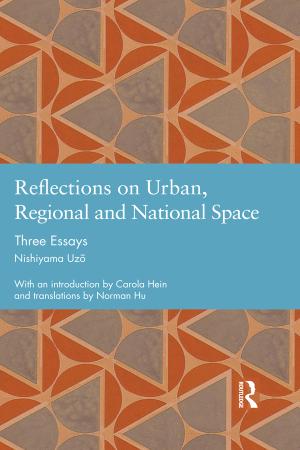
Nishiyama Uzo-, educated as an architect between 1930 and 1933, was a key figure in Japanese urban planning. He was a prolific writer who influenced a whole generation of Japanese urban planners and his interpretations of foreign planning and local practice still influence Japanese planning theory and practice today.
Nishiyama’s first publications date to the 1930s, and his last ones appeared in the 1990s, spanning a period of enormous political and spatial changes. The three...
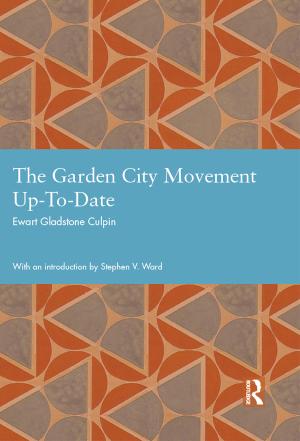
This work was written and compiled by the then Secretary of the Garden Cities and Town Planning Association in 1913. It shows just how much the conception of the garden city had been broadened from Howard’s original texts. Indeed the Association’s own name had been broadened to add the newly emergent practice and theory of town planning to the original focus.
Alongside the garden city, recognition is now given to the burgeoning numbers of garden suburbs and garden villages. Many...
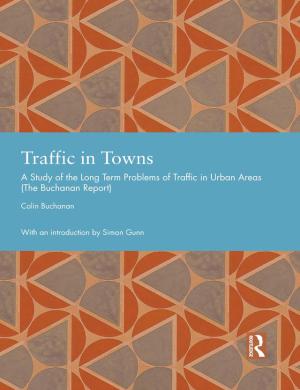
Traffic in Towns, also known as the Buchanan report, is regarded as one of the most influential planning documents of the twentieth century. The report reflected mounting concern about the impact on Britain’s towns and cities of rapid growth in the ownership and use of motor vehicles. Its purpose was to evaluate policy options for reducing the threat of traffic congestion to urban circulation and quality of life.
Two main conclusions were drawn from the report: firstly, the need...
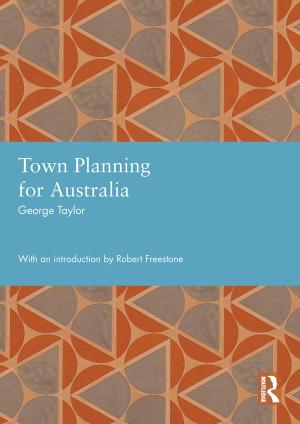
George Taylor’s Town Planning for Australia was the first dedicated book on the subject of urban planning published in Australia. Journalistic and ideological in style, it sets out a robust vision for a specifically Australian approach to planning and development of towns in a young country.
Taylor was a controversial figure, a political activist and publisher who brought the NSW Town Planning Association into existence and played a key role in promoting planning into the 1920s....
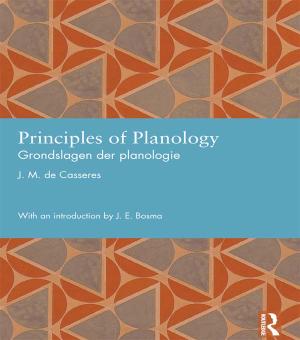
Between the World Wars, the talent of Dutch town planner J. M. de Casseres (1902—1990) found expression in two visionary books and a clutch of influential articles.
In an in-depth article published in February 1929 in the magazine De Gids under the title ‘Grondslagen der planologie’ (‘Principles of planology’) he invented a term for the new social-scientific discipline that would eventually enter the Dutch language.
De Casseres made it his life’s work to elevate the art and...
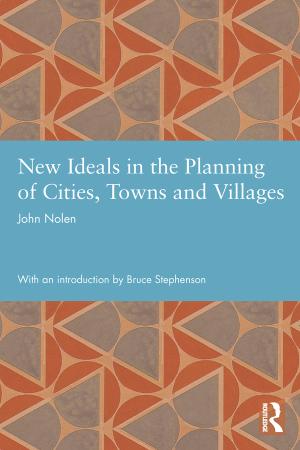
John Nolen’s New Ideals in the Planning of Cities, Towns and Villages is the most thorough assessment of city planning written by an American practitioner before 1920. It records the interplay of urban reform in Europe and the United States, the rise of the planning expert, the design of new towns, and the technique for directing urban expansion on systematic lines. Most importantly, it documents the blueprint for investing the “peace dividend” of the Great War to make urban life “more fit...
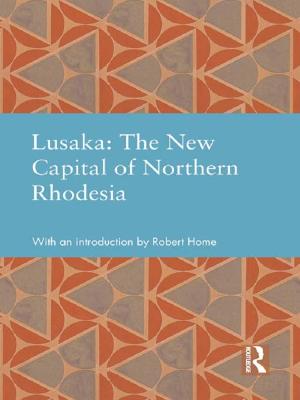
This short account of the planning of Lusaka as the new capital of Northern Rhodesia, written for its offi cial opening in 1935 as part of jubilee celebrations for King George V, was printed in a limited edition specifi cally for that event, and is now very scarce and diffi cult to obtain, but deserves to be made more widely available for scholars of planning and urban history, and especially all interested in African urban development.
The planning of Lusaka was a prestige project...
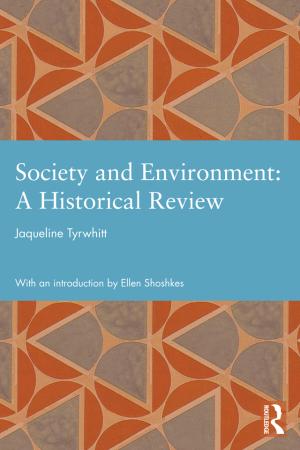
Jaqueline Tyrwhitt (1905—83) was a British town planner, editor, and educator. These four key Tyrwhitt texts illustrate how she forged and promoted a synthesis of Patrick Geddes’ bioregionalism and the utopian ideals of European modernist urbanism, which influenced post-war academic discourse and professional practice in urban planning and design internationally, and United Nations community development policy specifically.
Tyrwhitt’s contributions to The Town and Country Planning...
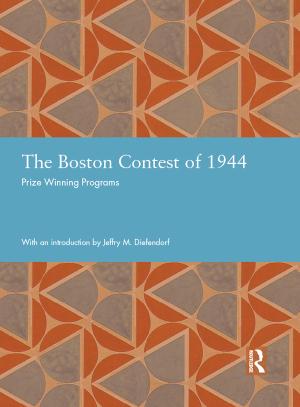
During World War II, many European government authorities and planners believed that the damage caused by bombing constituted a great opportunity to transform their cities. Even as the fighting continued, a great many plans were drawn up, and this has been the subject of much scholarship. However, what is often overlooked is wartime planning in cities not damaged in the war. United States cities were not bombed, but in Boston, one of its leading cities, the last years of the war brought a...
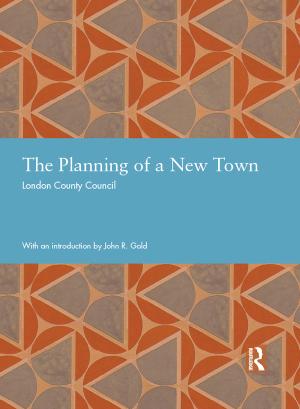
The publication of The Planning of a New Town in 1961 aroused remarkable interest. Its pages described a private new town, sponsored by the London County Council (LCC), to be built at Hook in Hampshire; a scheme that innovatively combined Garden City/New Town traditions with sensitivity to modern design. At its heart lay a multilevel and megastructural town centre intended to serve as a genuine focus for the gathering community, featuring shops and amenities placed on a pedestrian deck...
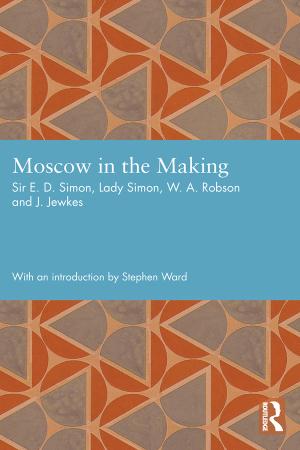
This book, published in 1937, reported on a four-week visit to Moscow in 1936 to study the making of Moscow as a showpiece Soviet capital. At its core was the 1935 General Plan for the Reconstruction of Moscow but the book was a study of planning in the Soviet rather than the Western sense. Thus it covered many aspects of the city’s social and economic life including industry and finance, education and housing production as well as governance and town planning. Much first-hand detail is...
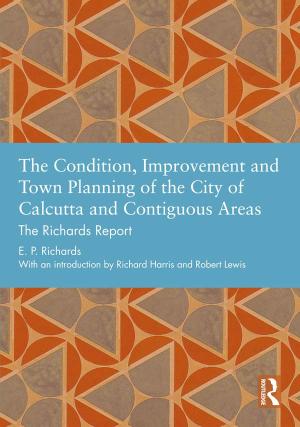
By 1900 the British had undertaken various types of urban planning in their colonial territories, but the early twentieth century brought new ideas and the birth of the modern planning movement. In India these new planning ideas inspired several specialized reports after 1900, most of which drew explicitly on British, or occasionally German, ideas. The most complete of these studies was the Richards Report on Calcutta, prepared for the Calcutta Improvement Trust and published in 1914.
...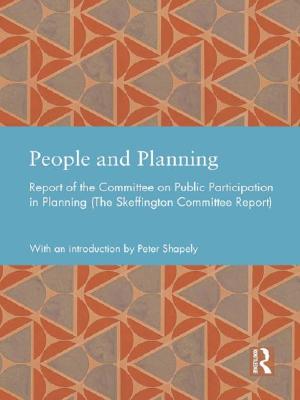
The Skeffington Committee was appointed in 1968 to look at ways of involving the wider public in the formative stages of local development plans. It was the first concerted effort to encourage a systematic approach to resident participation in planning and the decision-making process, in contrast to the entirely top-down process created by the 1947 Town and Country Planning Act.
The origins of the Skeffington Report lay in the 1965 publication by the Planning Advisory Group of The...
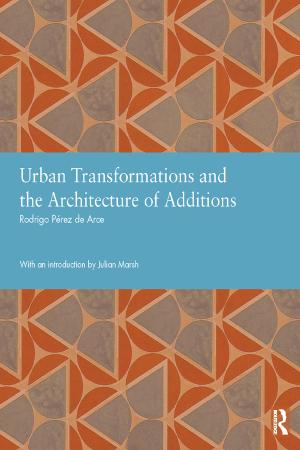
Rodrigo Pí©rez de Arce’s essay Urban Transformations and the Architecture of Additions was published during the formative stages of postmodernism, at the point where theory was becoming seriously established. Jencks’ first essays formalising the term postmodernism in architecture and the revised Learning from Las Vegas were published the previous year.
In planning terms, modernism had become associated with comprehensive redevelopment and forms of urban organisation that ignored...
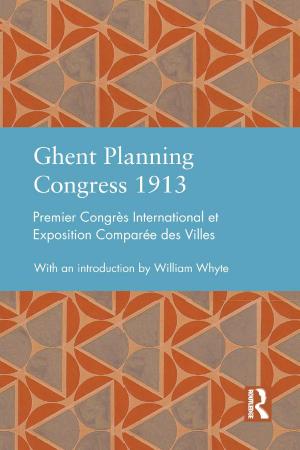
The Ghent Congress on town planning was the first genuinely international conference to address all aspects of civic life and design. Attended by representatives of 22 governments and 150 cities, as well as by hundreds of architects, planners, politicians, and scientists, it marked the culmination of a series of events which helped to form the world of town planning at the start of the twentieth century.
Ghent illustrates three key themes for the history of town planning. First,...
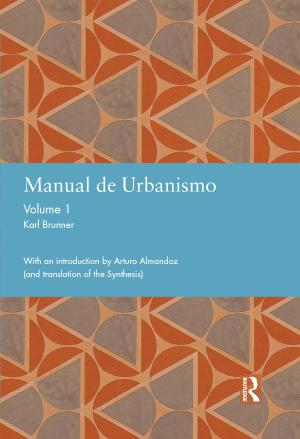
Unlike European countries, where the consolidation of town planning was based on legislative reforms, Latin America’s urbanismo mainly stemmed from urban plans for national capitals and metropolises. Austrian academic and planner Karl Brunner was hired in Chile, Colombia and Panama from the late 1920s to advise in the professional and academic domains, marking a shift from the so-called í‰cole Française d’Urbanisme (EFU) of Haussmannesque descent towards the Austrian-German Städtebau.
...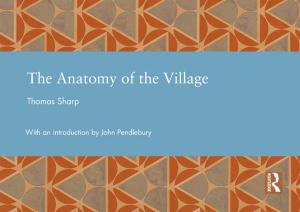
Thomas Sharp was a key figure in mid-C20 British planning whose renown stems from two periods in his career. First, he came to attention as a polemical writer in the 1930s on planning issues, including as a virulent opponent of garden cities. His prose tempered over time and this phase perhaps culminated in Town Planning, first published in 1940 and reputed to have sold over 250,000 copies. Subsequently the plans he produced for historic towns in the 1940s, such as Oxford, were very well...
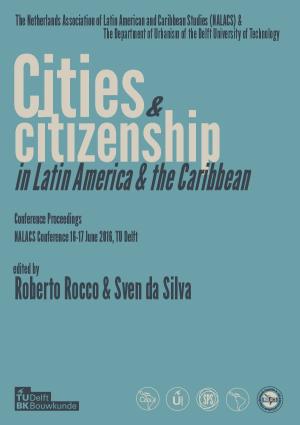
The Netherlands Association for Latin American and Caribbean Studies (NALACS), in cooperation with the Faculty of Architecture and the Built Environment of the Delft University of Technology, organised the joint conference, ‘Cities and Citizenship in Contemporary Latin America and the Caribbean,’ held on 16-17 June 2016 in Delft, the Netherlands. The 2-day conference embraced a wide range of topics related to urban development and citizenship in Latin America and the Caribbean.
...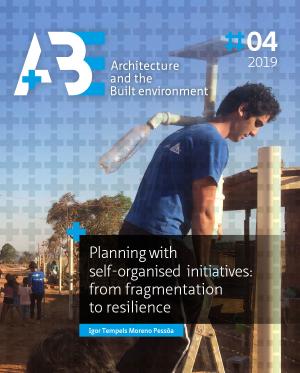
Over the last half century, the Global South has faced a strong rise in the rate of urbanisation. Although this process differs from region to region, rapid urbanisation has created many challenges for countries in the Global South. Brazil is no different. The largest country in South America has jumped from an urban population of 44.67% in 1960 to 84.36% in 2010, according to the Brazilian Institute of Geography and Statistics (IBGE, 2018). While urban growth is relatively stable in...
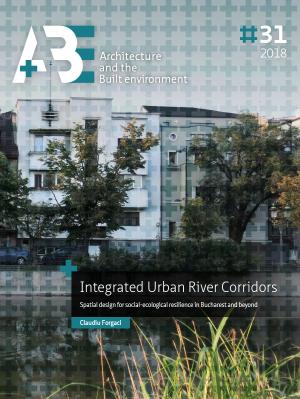
This thesis focuses on Urban River Corridors (URCs) as spaces of social-ecological integration par excellence–that is, spaces where the interaction between the urban systems (carrying the ‘social-’) and the river system (carrying the ‘-ecological’) is (potentially) the most intense. The general hypothesis is that with an integrated spatial understanding, planning and design of rivers and the urban fabric surrounding them, cities could become more resilient, not just to flood-related...
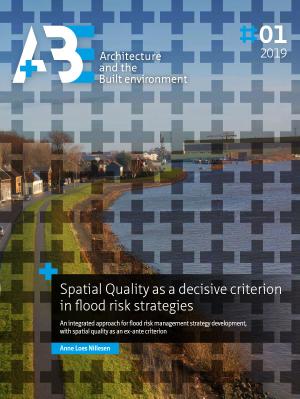
The role of the designer in flood risk management strategy development is currently often restricted to the important but limited task of optimally embedding technical interventions, which are themselves derivatives of system level flood risk strategies that are developed at an earlier stage, in their local surroundings. During this thesis research, an integrated approach is developed in which spatial quality can already be included in the regional flood risk management strategy...
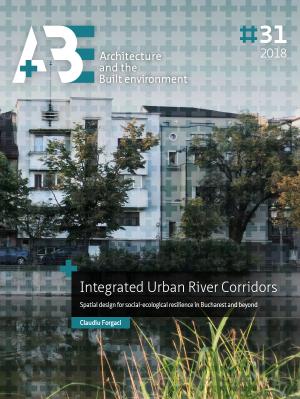
This thesis focuses on Urban River Corridors (URCs) as spaces of social-ecological integration par excellence–that is, spaces where the interaction between the urban systems (carrying the ‘social-’) and the river system (carrying the ‘-ecological’) is (potentially) the most intense. The general hypothesis is that with an integrated spatial understanding, planning and design of rivers and the urban fabric surrounding them, cities could become more resilient, not just to flood-related...
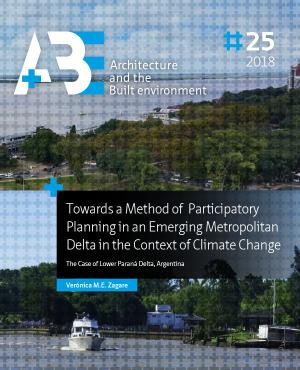
The Parana River is the third largest river in the American continent, after the Mississippi and the Amazon. Instead of flowing directly to the sea, it flows to the Rio de la Plata (located between Argentina and Uruguay) through a complex delta system. This delta is a large and heterogeneous territory that spreads over three provinces of Argentina and that is characterized by different dichotomies along its extension. On the one hand, the islands of the delta are young alluvial lands in...
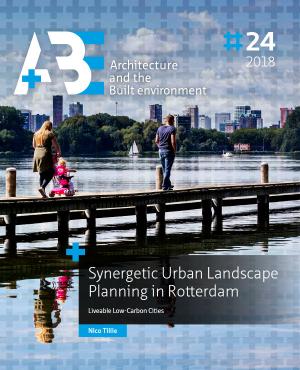
In this PhD research, the major environmental challenges of our time, such as climate change, sustainable energy transition and scarcity of resources, are approached from a spatial, landscape-architectural perspective. The goal is to accelerate the transition to liveable, low carbon cities. The focus of the research is at the local scale and attempts to turn challenges into opportunities for a better quality of life and living environment. Since 1857, when Frederick Law Olmsted combined...
